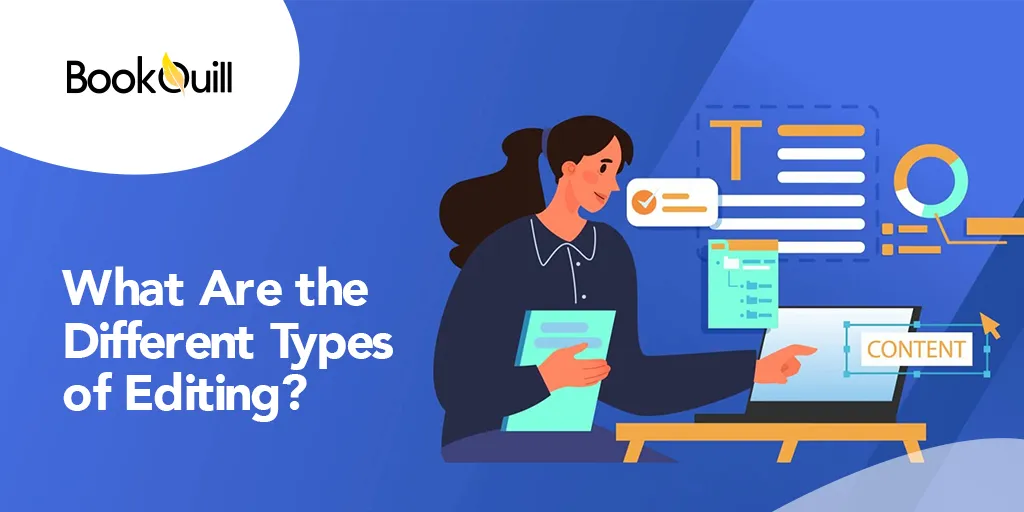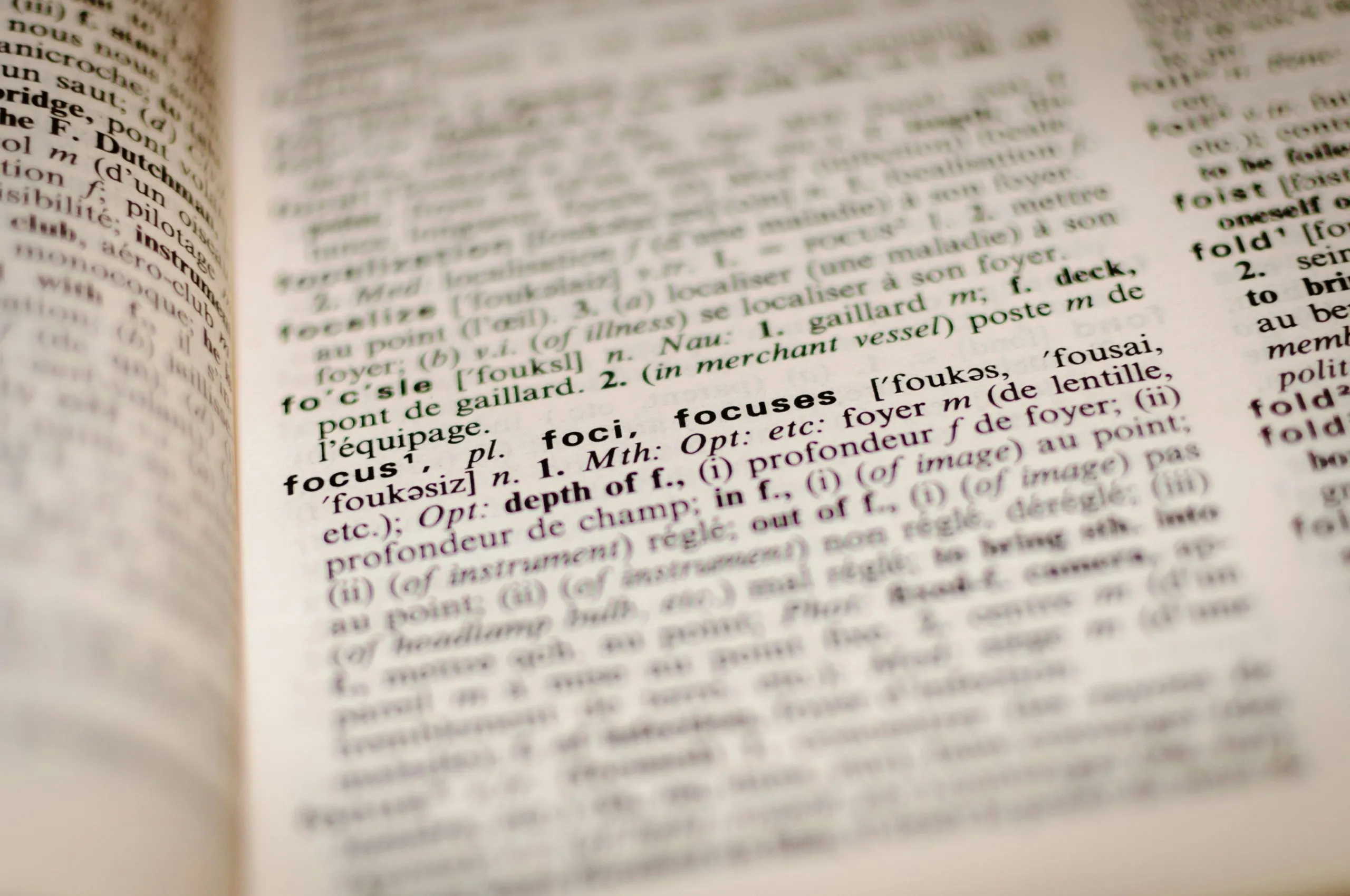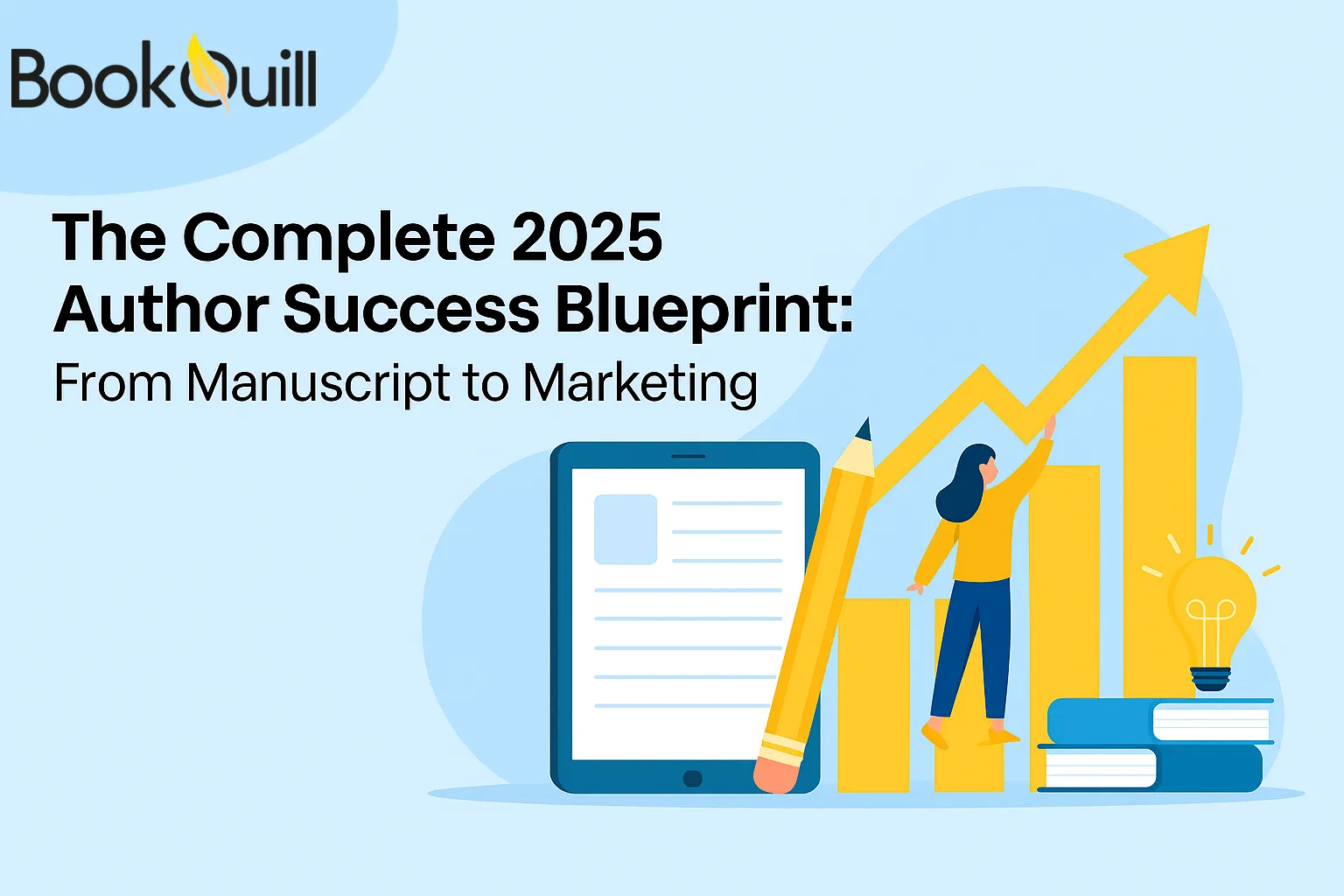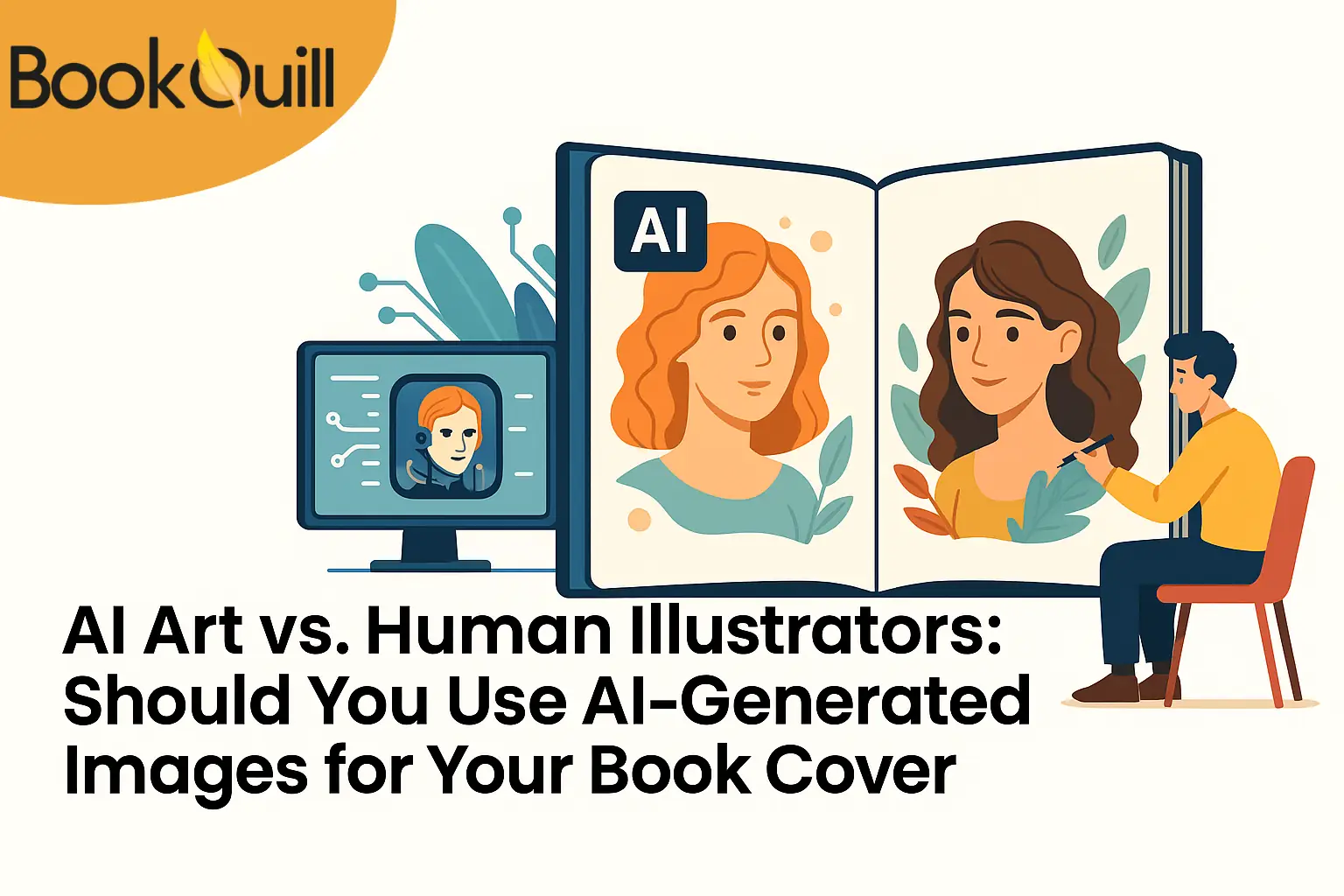Table of Contents
Explore Blogs
Trending on Ebook
What Are the Different Types of Editing for Books?

Would you publish your first draft as is without any editing? Probably not! Editing is a crucial step in the book publishing process. It transforms a raw manuscript, riddled with grammar and structural issues into a polished and coherent book that is read for readers.
Editing a book in itself is a long process. There are several stages and types of editing, each addressing different aspects of your manuscript. In this article, we discuss the different types of editing and which one your book may need. Let’s get into it!
Types of Editing – What Are They and Which Do You Need?
There are different stages or types of editing. A manuscript might or might not require each editing type, depending on the content. The different types of editing include:
- Developmental Editing
- Copy Editing
- Line Editing
- Structural Editing
- Proofreading
Each type of editing focuses on different elements of your book, from the overall structure and story plot to grammar and punctuation. Let’s discuss each type in detail to understand their roles and differences.
Developmental Editing

Developmental editing (also known as conceptual editing) is one of the earliest stages of editing. It often happens when a writer has a basic outline or a rough idea for a book and needs help putting the pieces together logically and coherently.
This type of editing addresses the big-picture aspects of a book, such as the plot, structure, and storyline. The main focus is to ensure the storyline is compelling and flows logically throughout the book. Developmental editing includes identifying plot holes, inconsistencies, or areas lacking tension.
Another focus of developmental editing is character development. A developmental editor evaluates if the characters are well-developed and consistent throughout the story. They offer suggestions on how to enhance the character arcs by focusing on their backstories to ensure their actions or reactions to that situation are believable.
Developmental editors also consider the theme and message of the story and ensure they are communicated effectively throughout the manuscript. They also adjust the book’s pacing to maintain reader engagement and ensure a smooth narrative flow.
The developmental editing process is highly collaborative where the editor works with the writer and provides comprehensive feedback.
When Do You Need Developmental Editing?
You need developmental editing if you are still refining the main elements of your manuscript. Developmental editing can benefit first-time authors, experienced authors who need help improving story narrative, or anyone looking for feedback. It is crucial for complex stories to use ebook writing services.
Structural Editing

Structural editing (also known as substantive or content editing) focuses on the organization and flow of the manuscript. It involves examining the overall structure of the manuscript to ensure that the content is logically arranged and effectively presented to the reader.
Structural editors look at how chapters, sections, and paragraphs are organized in a manuscript and identify any areas where the arrangement might be confusing for readers. They may suggest reordering content, merging or splitting sections, or improving transitions to enhance the clarity and cohesion of the narrative.
The goal of structural editing is to create a well-structured manuscript that has a compelling and logical flow of information.
When Do You Need Structural Editing?
You need structural editing after you have completed a draft of your book but feel the story’s organization and flow could be improved. Structural editing especially benefits manuscripts with complex narratives, non-fiction works, or academic texts that require a clear, logical structure to effectively convey a message or information. It is essential to ensure the content is coherent and well-organized.
Line Editing

Line editing focuses on refining the style and flow of your text at the sentence and paragraph levels. It is meant to enhance clarity, readability, and impact by improving the word choice, and sentence structure of the content.
A line editor ensures that the author’s voice is consistent and engaging throughout the content. Their job is to rephrase sentences where needed, cut any unnecessary words, and ensure smooth transitions. They also look for stronger or more appropriate words to convey the meaning and tone behind a message or dialogue.
The goal of line editing is to make the text more precise and engaging while improving its readability.
Line Editing vs Developmental Editing – What’s the Difference?
There’s a lot of difference between line and developmental editing. While developmental editing focuses on the overall plot, structure, and storyline, line editing focuses on the language and style of the book.
Developmental editing shapes the overall content and organization, making major changes to the storyline where needed, whereas line editing simply polishes the text to enhance readability and stylistic coherence.
When Do You Need Line Editing?
You need line editing once your manuscript is complete and only require minor refinement at the sentence and paragraph levels. Line editing will enhance clarity, readability, word choice, sentence structure, and overall flow of the content. It ensures that your voice is consistent throughout the book, and content is polished.
Copy Editing

Copy-editing is done once the structure of your book is finalized. It is one of the final editing stages of the book which focuses on the finer details of the manuscript to ensure it is polished and error-free. Copyediting largely addresses grammar, punctuation, spelling, and syntax issues.
A copy editor corrects grammatical mistakes to ensure proper punctuation and fixes spelling mistakes throughout the book. They may also work on improving the sentence structure for clarity and better readability. Additionally, copy editors check for uniformity in style, tone, and factual accuracy in the book.
Copy Editing vs Developmental Editing – What’s the Difference?
Developmental editing and copy editing have different purposes in the editing process. Developmental editing focuses on the overall structure and content of the manuscript, addressing big-picture elements like plot, character development, pacing, and thematic coherence. It involves major rewrites and revisions to improve the story’s foundation.
In contrast, copy editing focuses on the more technical aspects of writing, such as grammar, punctuation, spelling, and syntax. It aims to polish the language, correct errors, and ensure consistency without changing the manuscript’s core structure or content. It doesn’t require major rewrites.
While developmental editing enhances the story concept, copy editing refines the text, making it clear, correct, and professional. Furthermore, developmental editing occurs early in the editing process, whereas copy editing takes place after developmental editing, once the overall structure and content are finalized.
When Do You Need Copyediting?
You need copy editing once their manuscript is completed and requires polishing. Copyediting is necessary to correct grammar, punctuation, spelling, and syntax errors, as well as ensure consistency in style, tone, and factual accuracy of the content. Copy editing is essential if you want to enhance the readability and professionalism of your manuscripts to prepare them for publication.
Proofreading

Proofreading is the final step in the editing process. It focuses on catching any spelling, grammar, punctuation, or formatting errors. It involves a meticulous review of the manuscript to ensure it is error-free and polished.
Proofreaders check the manuscript for consistency in typography and adherence to style guidelines. This step is crucial just before publication to ensure the final book that reaches the readers appears professional and polished.
When Do You Need Proofreading?
You need proofreading when your manuscript has undergone all previous editing stages, including developmental, line, and copy editing, and you are ready to finalize it before publication. Proofreading is essential just before the final version is published to catch any lingering errors in spelling, grammar, punctuation, and formatting.
BookQuill – One Stop for All Your Editing Needs
Now that we’ve covered the entire editing process of a book, you may understand the importance of editing in ensuring a polished and professional final product a bit better. Every good story needs a good editor, and that’s where BookQuill comes in!
Whether you need comprehensive feedback with developmental editing or just a final proofread before publishing, BookQuill has got you covered. We have a team of expert editors ready to help perfect your book and get it ready for publication.
To learn more about our book editing service, call our book experts at 1-833-587-7003.
The Bottom Line
The editing process is long, elaborate, and has many stages. Each stage and type of editing has a specific role and enhances your manuscript to make it publish-ready.
Understanding the different types of editing can help you determine what your manuscript needs to be polished and professional.
At the very least, hire a copyeditor and proofreader who can fix the grammar and spelling of your content. To better understand your editing needs, contact us at 1-833-587-7003
Frequently Asked Questions (FAQs)
- What are the different types of editing?
The different kinds of editing includes developmental editing, structural editing, line editing, copyediting, and proofreading.
- Can I submit my book for the editorial review process after its published?
Writers are advised to send their finished manuscripts – first to the editor, then to the publisher. This way errors can easily be spotted and fixed.
- What aspect of editing creative texts is similar to editing other texts?
The purpose of editing is to improve clarity, coherence, and consistency, which applies to both creative texts and other forms of writing. Whether you’re editing a novel, an academic paper, or a business report, these core elements remain the same. Each type of text may require different focuses and expertise, but the basic goals of effective communication and error-free writing are universal.




